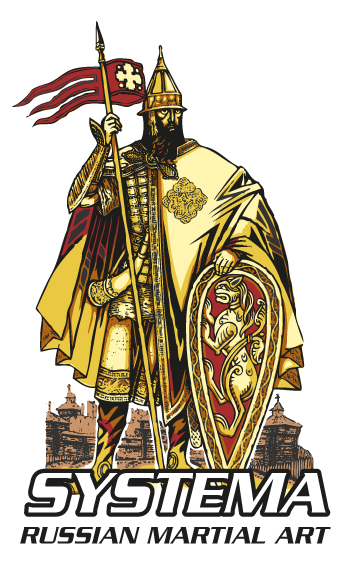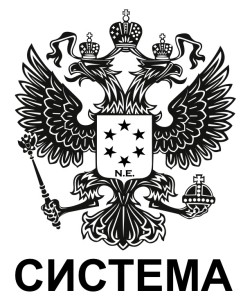 When you search “what’s the difference between MMA and karate?” online, there are no shortage of applicable answers. Googling “what’s the difference between MMA and systema” or “What’s the difference between karate and systema?” yields far fewer relevant results, but that doesn’t mean Systema is any less legitimate a martial art.
When you search “what’s the difference between MMA and karate?” online, there are no shortage of applicable answers. Googling “what’s the difference between MMA and systema” or “What’s the difference between karate and systema?” yields far fewer relevant results, but that doesn’t mean Systema is any less legitimate a martial art.
The Russian martial art of systema is relatively new to North America (with the first studio outside of Russia opening in Canada in 1993). In the last two decades, numerous studios have been popping up stateside. If you’re thinking about beginning a martial arts practice (or if considering changing up your current regimen), navigating the different options (karate, MMA, kung fu, systema, etc.) can seem daunting. Knowing that systema isn’t as well-known as other martial arts, I’ve shared a couple videos here that demonstrate what systema looks like in action when set against other practices.
Systema vs Karate
The above video doesn’t demonstrate the best sparring match; it’s more of a demonstrate of possible ways to combat karate moves with systema techniques (not to mention that the narrator and demonstrator is speaking in Russian). Still you’ll still get a general idea of the visual differences between the two practices.
Systema vs. MMA
MMA (Mixed Martial Arts) is perhaps best known as the premier sport off the UFC (Ultimate Fighting Championship), a group that organizes and promotes most of the sport’s popular showdowns. The definition of MMA is pretty self-explanatory based on its name: It’s a mix of different martial arts. Some industry insiders argue the legitimacy of MMA as a martial art, but a 2010 Bleacher Report article says the sport is here to stay.
The more traditional martial arts often focus on defending yourself against attacks, and your mastery is demonstrated by moving up in a belt system wherein you work on form and memorize certain movements. Where these traditional practices are based in self-defense, MMA is a more aggressive with championship ranking that are reminiscent of boxing divisions (featherweight, lightweight, welterweight, etc.).
So What’s Right For You?
If you’re curious about the various martial arts, do take the time to learn more about systema. There’s no right way to choose the best martial art for you. It’s all about your comfort level and interest. Only you can determine the perfect fit.
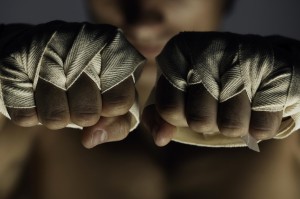 Martial arts are generally known as a tradition of combat practices specific to self-defense, physical and mental strength, fitness, entertainment, and spiritual development. Most of the martial arts we are familiar with in today’s society have a long and storied history. These practices are often associated with eastern Asia and various locations throughout Europe. Judo, Jujitsu, Karate, Gatka, Aikido, and Muay Thai are merely a small example of a long list of traditional arts.
Martial arts are generally known as a tradition of combat practices specific to self-defense, physical and mental strength, fitness, entertainment, and spiritual development. Most of the martial arts we are familiar with in today’s society have a long and storied history. These practices are often associated with eastern Asia and various locations throughout Europe. Judo, Jujitsu, Karate, Gatka, Aikido, and Muay Thai are merely a small example of a long list of traditional arts.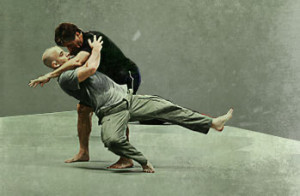 In the combat world, there are multiple different techniques that one might use. Each combat situation is different, so it’s good to know which type of combat to use in a certain situation. There are thousands of combat moves, but they generally can be narrowed down into more specific categories. Below are the top 5 hand-to-hand combat techniques that one should keep in mind if the situation happens to arise.
In the combat world, there are multiple different techniques that one might use. Each combat situation is different, so it’s good to know which type of combat to use in a certain situation. There are thousands of combat moves, but they generally can be narrowed down into more specific categories. Below are the top 5 hand-to-hand combat techniques that one should keep in mind if the situation happens to arise.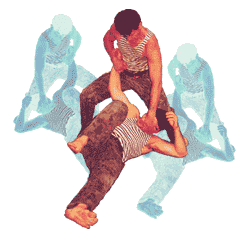 The Russian Martial Art of Systema is different than your everyday martial arts. Rather than learning how to attack, Systema’s training is more focused on learning how to respond to an attack. The existence of Systema is believed to predate back to the cold war era in the Soviet Union, but actually has roots in ancient Russian fighting styles that existed more than a millennium ago.
The Russian Martial Art of Systema is different than your everyday martial arts. Rather than learning how to attack, Systema’s training is more focused on learning how to respond to an attack. The existence of Systema is believed to predate back to the cold war era in the Soviet Union, but actually has roots in ancient Russian fighting styles that existed more than a millennium ago.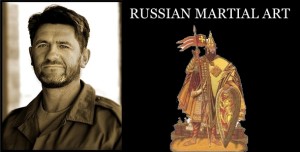 Back in December of 2013, Rob Poyton interviewed Vladimir Vasiliev in regards to his entrepreneurial success in the Russian Martial Art of Systema. Today, there are over 200 schools that teach Systema with over 500 instructors.
Back in December of 2013, Rob Poyton interviewed Vladimir Vasiliev in regards to his entrepreneurial success in the Russian Martial Art of Systema. Today, there are over 200 schools that teach Systema with over 500 instructors.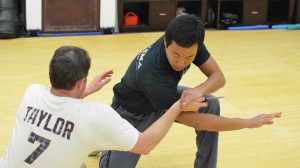 As a martial art developed by the Russian military, Systema focuses on relaxation and breathing techniques in addition to hand-to-hand and weapon combat. On the Russian Martial Art website, Vladimir Vasiliev describes the secret of systema and its unique method of combat.
As a martial art developed by the Russian military, Systema focuses on relaxation and breathing techniques in addition to hand-to-hand and weapon combat. On the Russian Martial Art website, Vladimir Vasiliev describes the secret of systema and its unique method of combat.